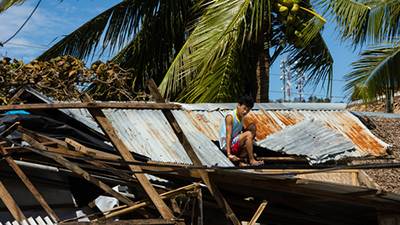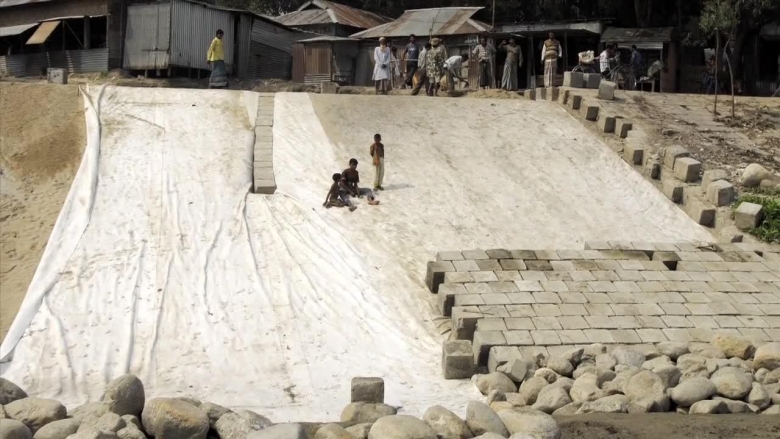In 1999, a Category 5 cyclone devastated the state of Odisha in India, leaving 10,000 people dead and causing $4.5 billion in damages. Fourteen years later, Phailin, another monster storm almost as strong, hit the same stretch of the state – except this time with a very different outcome: Fewer than 40 people were killed and economic losses were about $700 million.
The reason for this dramatic turnaround was years of disaster risk prevention and preparedness resulting in a concerted effort by the state to build resilience against extreme weather. Early warning systems and annual storm drills in close cooperation with local communities were part of that effort.
Odisha also invested in new cyclone shelters, evacuation routes and strengthening coastal embankments – all of which helped the state execute a well-defined disaster prevention and preparedness plan during a time of crisis. It earned Odisha widespread accolades, with one United Nations official calling the state’s handling of the cyclone “a landmark success story in disaster risk management.”
As the world has witnessed in the last week, there is sometimes little any government can do to prepare for record storms such as the typhoon that devastated parts of the Philippines – short of trying to evacuate as many people as possible to safety.
We must, however, continue to share experiences from this and other tragedies in a warming world where storms are likely to become fiercer.
A new report from the World Bank released today shares experiences such as those from India. Titled Building Resilience: Integrating Climate and Disaster Risk into Development, the report highlights good practices and innovative solutions for protecting lives and livelihoods, and for decreasing losses and damages to private property and critical infrastructure.
It shows that weather-related financial losses are concentrated in fast-growing, middle-income countries because such countries have increasingly high-value assets that are also becoming more exposed. The average impact of disasters in such nations equaled 1 percent of gross domestic product between 2001 and 2006 – ten times higher than the average for high-income countries.
The report also shows that weather-related disasters are most crippling for smaller and lower-income countries that are least able to cope.



